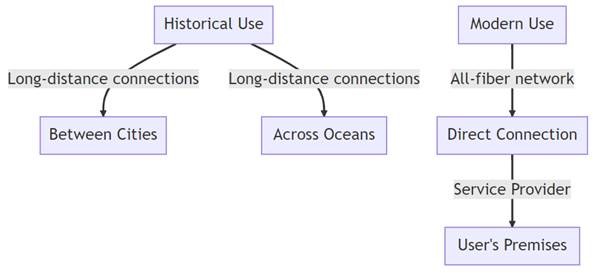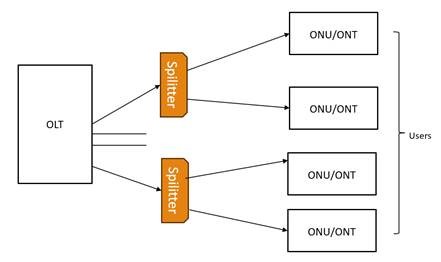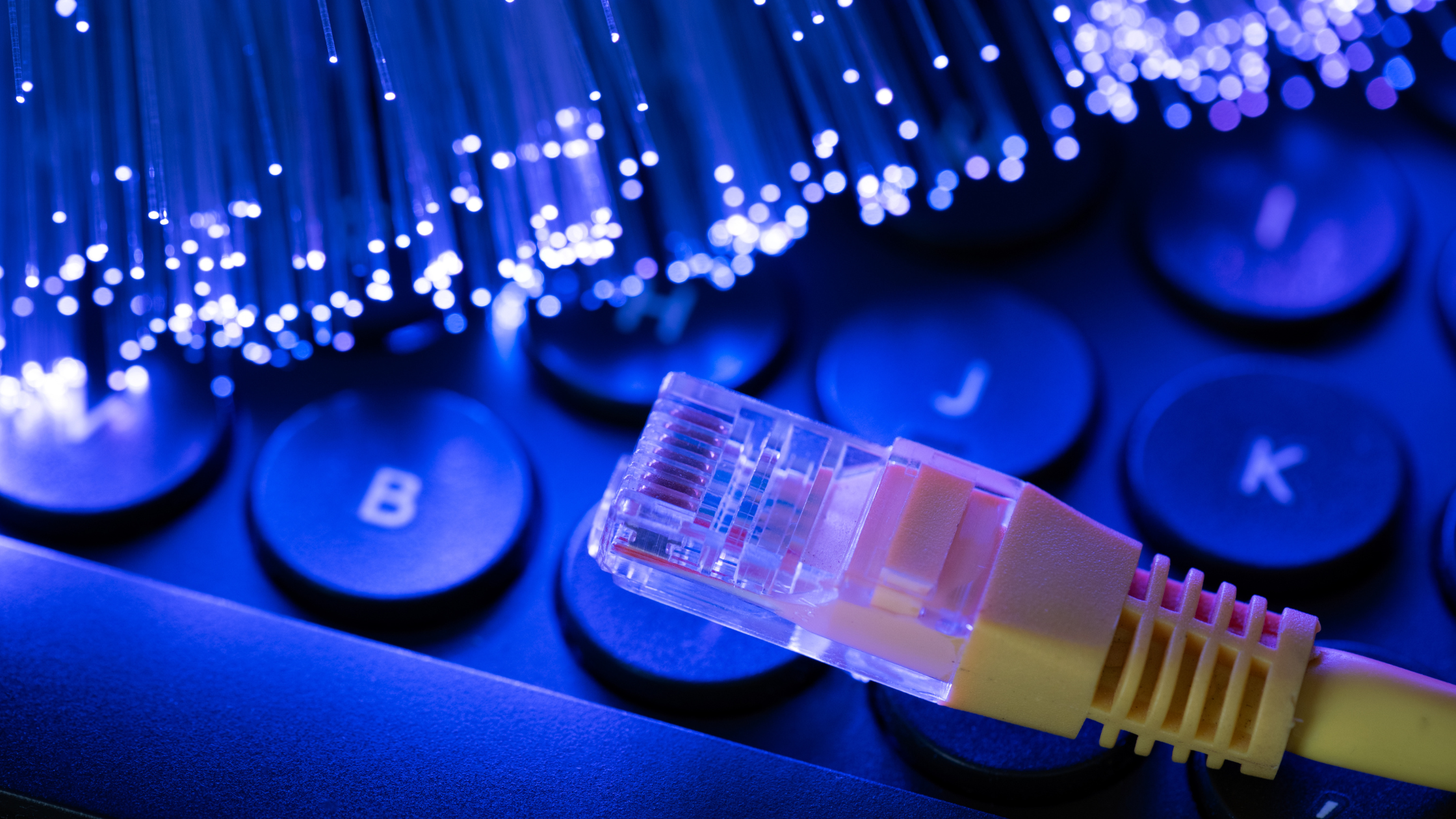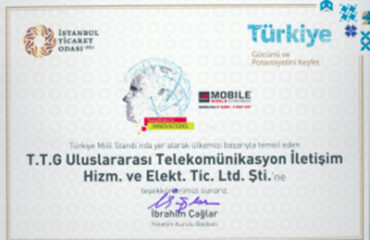FTTH, or Fibre to the Home, represents the pinnacle of broadband technology. It involves the direct installation of optical fiber from a central point straight to individual buildings, such as private residences, apartment complexes, and businesses. This ensures unparalleled internet speeds, reliability, and potential for future technological advancements.
Evolution of Fibre Networks:
Historically, optic fiber cables were primarily used for long-distance connections, such as between cities or across oceans. However, the modern shift is towards an all-fiber network, directly connecting the service provider to the user’s premises. This transition is driven by the promise of:
- High Bandwidth: Capable of handling current and anticipated future internet demands.
- Cost-Effectiveness: Over time, fiber infrastructure proves more economical due to reduced maintenance and upgrade costs.
- Reliability & Security: Fiber offers a stable connection, less prone to interference, and is inherently more secure than wireless alternatives.

- Figure 1: Evolution from traditional networks to all-fiber networks.
Fibre Optic Network Configurations (FTTx):
The term “FTTx” broadly describes various configurations of fiber optic deployment. The ‘x’ denotes the endpoint of the fiber connection:
- FTTH (Fibre to the Home): Directly to individual residences.
- FTTP (Fibre to the Premise): To a specific premise or building.
- FTTB (Fibre to the Building): To larger structures, like apartment blocks or offices.
- FTTN (Fibre to the Node): To a local node or cabinet, often serving multiple customers.
- FTTC (Fibre to the Curb): Close to the user’s premise, typically at the street level.

Figure 2: Diagram showcasing different FTTx configurations.
Key Components of FTTH:
- OLT (Optical Line Terminal): A central device located at the service provider’s facility.
- ONU/ONT (Optical Network Unit/Terminal): Devices situated at the user’s premises. They convert optical signals to electrical ones for user devices and vice versa.

Figure 3: Simplified FTTH setup showing OLT, fiber cables, and ONU.
FTTH Architectures:
There are two primary FTTH architectures:
- Active Optical Network (AON): A point-to-point connection. Each user has a dedicated fiber line connecting them to the central office.
Figure 4: AON architecture diagram.
- Passive Optical Network (PON): A point-to-multipoint setup. A single fiber from the service provider is split to serve multiple users. See figure 3: PON architecture with optical splitters.
AON vs. PON:
- AON: Uses active electronic equipment, like switches or routers, to manage signal distribution. It can cover longer distances (up to 80 km) and offers dedicated bandwidth to each user.
- PON: Relies on passive optical splitters to distribute the signal. It’s more cost-effective due to shared bandwidth and fewer active components. Typical range is up to 35 km.
PON Standards:
PON technology has evolved with various standards:
- EPON (Ethernet PON)
- GPON (Gigabit Ethernet PON)

Figure 4: Comparison of PON standards detailing specifications, wavelengths, speeds, and other features.
In conclusion, FTTH represents the future of broadband, offering unparalleled speeds and reliability. As technology continues to evolve, understanding the intricacies of FTTH becomes increasingly important for both providers and consumers. See the future potential of FTTH: https://www2.deloitte.com/nl/nl/pages/technologie-media-telecom/articles/future-of-fiber.html




